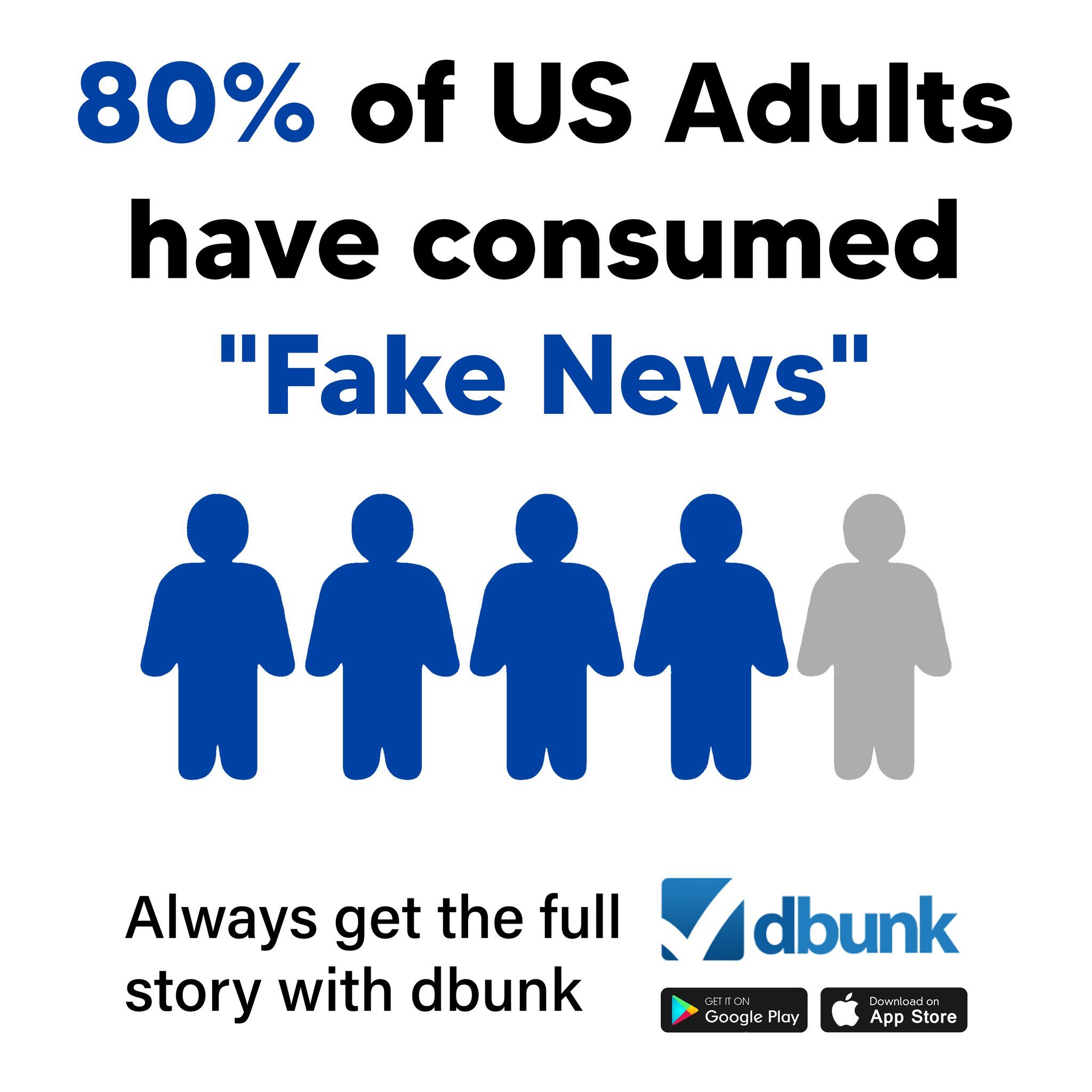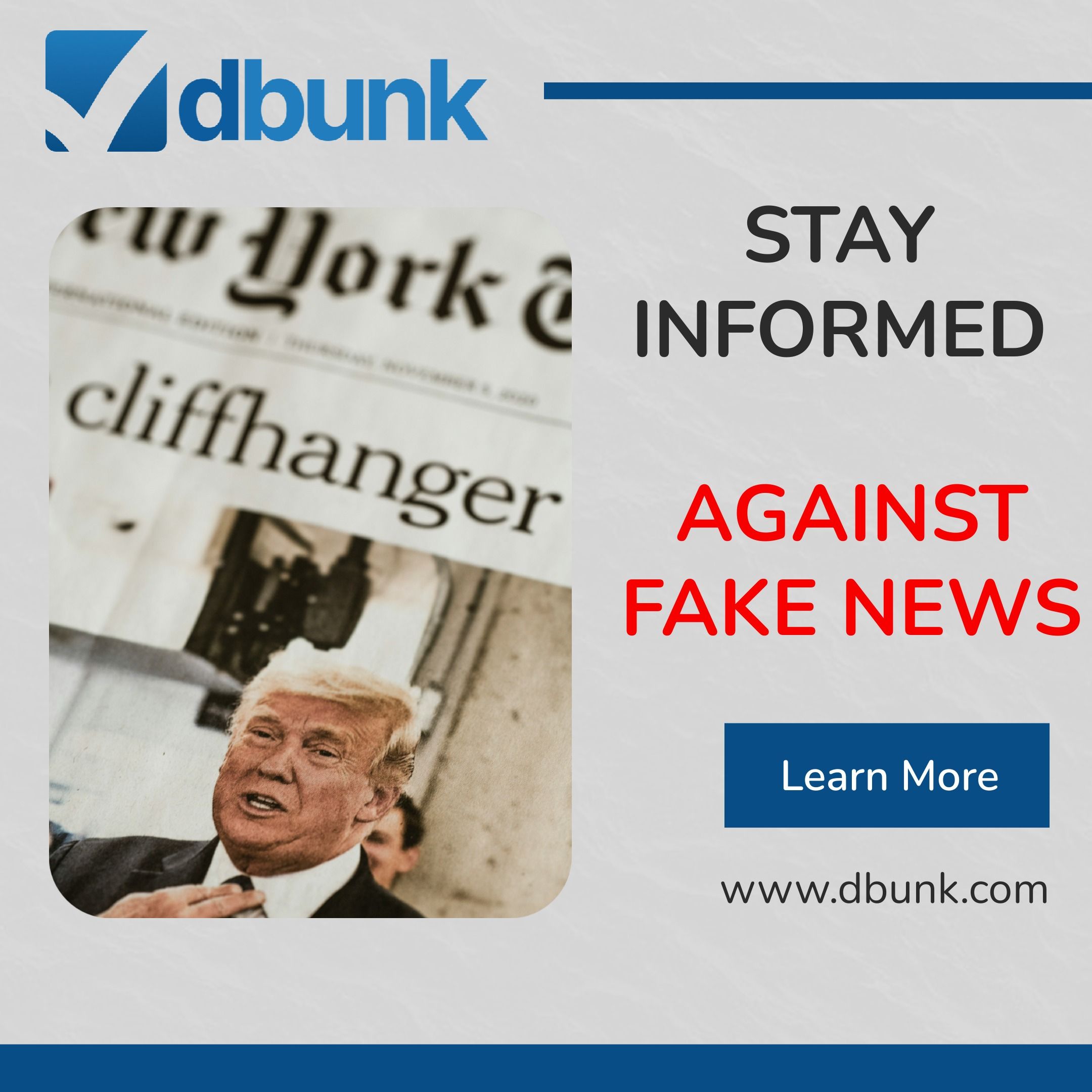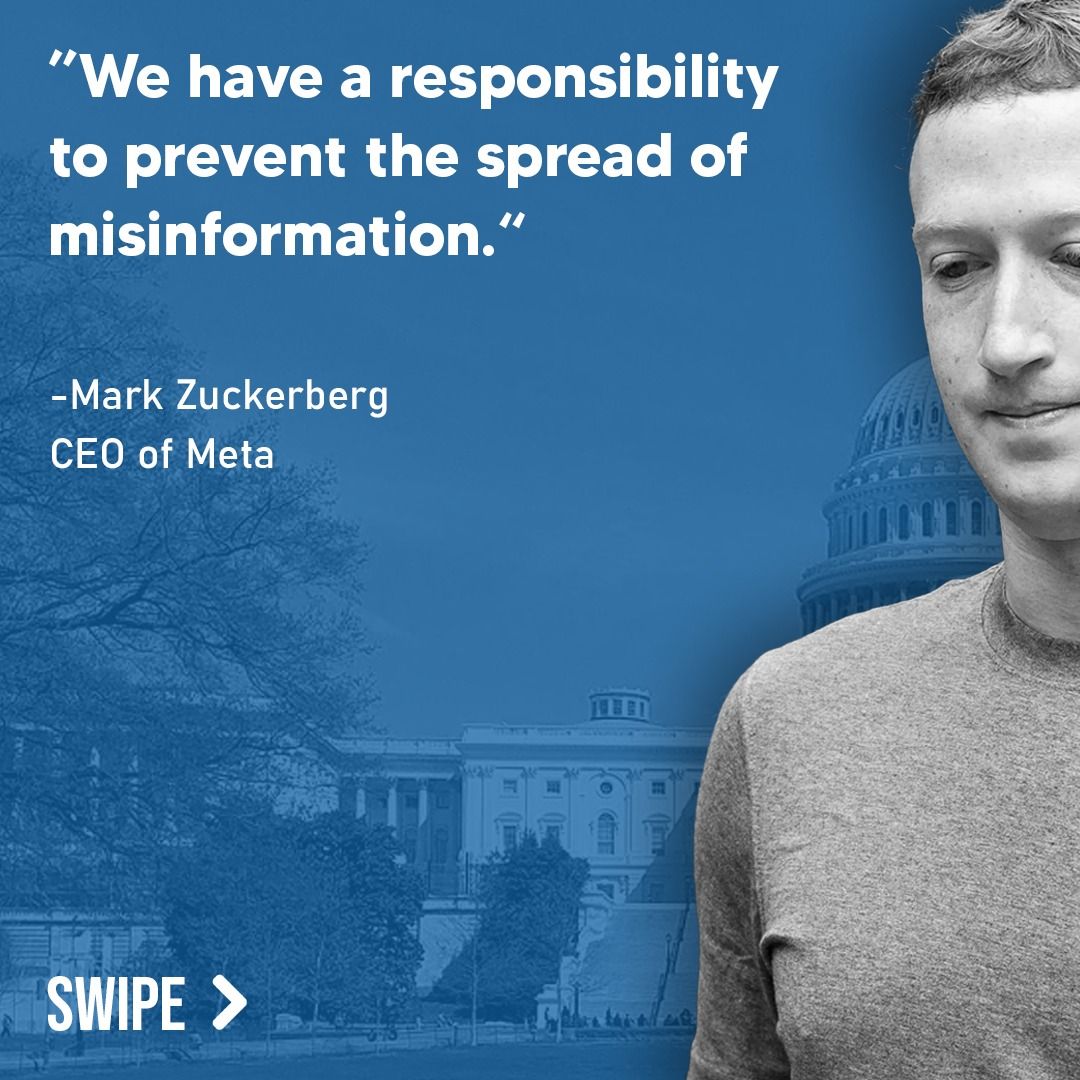Introduction
The article raises constitutional alarms by suggesting the Supreme Court allowed President Trump to discard longstanding legal protections for independent federal regulators—without formally striking them down. A user asked whether this decision effectively permits Presidents to dismiss agency officials “by fiat,” undermining legal safeguards like those established in 1935 by the Supreme Court’s ruling in Humphrey’s Executor v. United States. Here’s the full fact-check.
Historical Context
The central issue dates back to the landmark 1935 case Humphrey’s Executor v. United States, where the Supreme Court ruled that Congress can shield officials in certain independent agencies from being removed by the president without cause. These protections ensure agencies such as the Federal Trade Commission, National Labor Relations Board, and others can operate independently of political pressure, especially useful where expert judgments—not partisan loyalty—are the currency. The Trump administration’s actions have explicitly challenged this framework before, but the Court has walked a careful line in not overturning existing precedent outright—until now.

Claim #1: The Court overturned the 1935 precedent set by Humphrey’s Executor v. United States
This claim is misleading. While the Supreme Court’s order did not directly overrule Humphrey’s Executor, it has cast serious doubt on its continued viability. The unsigned majority opinion said that “the Government is likely to show that both the NLRB and MSPB exercise considerable executive power,” indicating a shift toward favoring presidential removal powers. However, the court carefully stated that a final ruling would follow full legal briefing and arguments. The Humphrey’s precedent still stands—for now.
Justice Kagan’s dissent underscores how the Court’s emergency ruling could signal a future reversal but confirms that the precedent hasn’t formally been invalidated. Therefore, this claim is exaggerated, although the Court has opened the door to reinterpretation.
Source: https://supreme.justia.com/cases/federal/us/295/602/
Claim #2: The ruling allows Trump to remove regulators “by fiat” without legitimate cause
Partially true, but context is vital. The Supreme Court allowed Trump to temporarily remove two independent officials without deciding the full legality of those actions. The Court cited “greater risk of harm” to the executive branch from allowing these officials to stay in place during ongoing litigation.
While the decision does grant the president temporary power to act without showing cause, it explicitly avoids setting a broad precedent. The Court deferred a final decision pending more detailed hearings. Thus, the Court did not give an unrestricted blanket power to remove all independent officials at will.

Claim #3: This ruling could allow Trump to remove the Fed Chair
This claim is inaccurate. The Supreme Court took particular care to state that its reasoning does not apply to the Federal Reserve. The majority noted that the Fed is “a uniquely structured, quasi-private entity” following distinct historical traditions. Furthermore, Trump himself publicly stated he had “no intention of firing” Jerome Powell.
Additionally, legal scholars pointed out after the ruling that tenure protections for the Federal Reserve were unaffected. The Solicitor General representing the Trump administration also clarified that these firings did not implicate the Federal Reserve’s leadership structure.
Source: https://www.federalreserve.gov/aboutthefed.htm
Claim #4: The Court’s decision undermines decades of federal law protecting independent agencies
This claim is only partially true. The Court’s emergency order didn’t invalidate any laws or independence clauses. However, by allowing the president’s removals to stand temporarily and by casting doubt on the status of protections under Humphrey’s Executor, the justices created significant legal and political uncertainty.
Agencies like the Federal Trade Commission and National Transportation Safety Board still operate under laws that protect their commissioners from removal without cause. But the Court’s reasoning—that some agencies wield “considerable executive power” and therefore may not deserve the same protection—raises the possibility that these laws could be weakened in future rulings.

Conclusion
The article accurately highlights a significant shift in how the conservative-majority Supreme Court interprets presidential power over independent federal agencies. Still, it occasionally blurs the line between what the Court decided versus what it hinted at. The Court has not overturned Humphrey’s Executor, but it has signaled a possible intention to narrow its scope. The president cannot yet fire all independent regulators “by fiat,” but this ruling suggests future cases may test that boundary. Thus, while technically accurate in reporting, the article exhibits a tone that could suggest broader legal changes than have yet occurred.
Encourage Readers to Take Action
Want clarity in a world of confusion? Join the thousands using DBUNK to fight misinformation. Download the DBUNK app today or follow us on social media to stay informed with verified facts.


